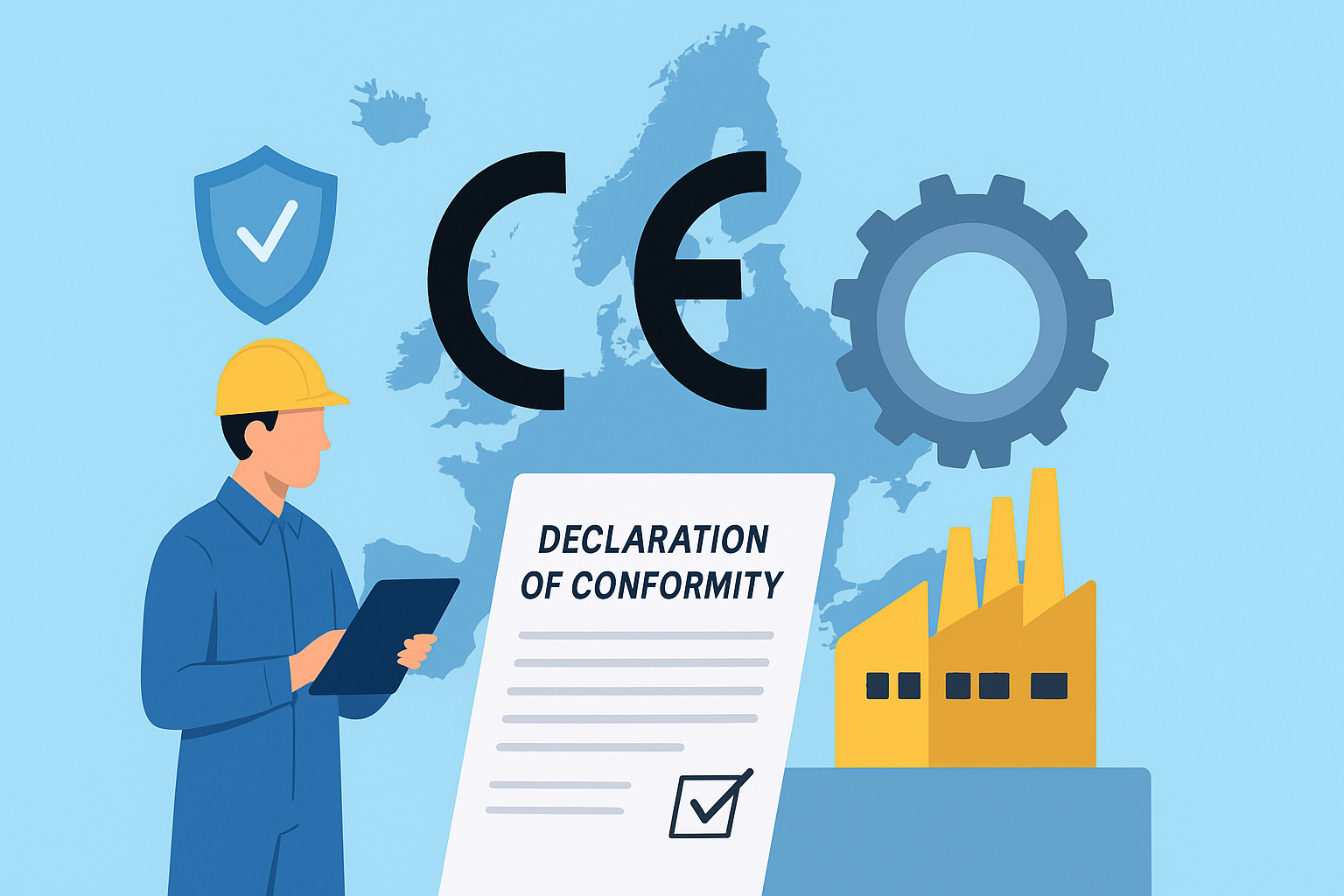What Is CE Certification and Why It Matters
CE certification is the key passport to sell products within the European Economic Area (EEA). The CE mark demonstrates that a product complies with all European safety, health, and environmental protection requirements.
Whether you manufacture electronics, toys, medical devices, or construction materials, obtaining CE certification proves your product is safe, compliant, and ready for the European market.
Who Needs CE Certification
CE marking applies to thousands of products sold in the EU. It’s mandatory for:
- Electrical and electronic equipment
- Machinery and industrial products
- Construction materials
- Toys and child safety products
- Medical devices
- Personal protective equipment (PPE)
If your product falls under an EU directive (for example, the Low Voltage Directive, Machinery Directive, or Toy Safety Directive), you must obtain CE certification before selling it.
Step-by-Step: How to Get CE Certification
1. Identify Applicable Directives and Standards
Each product must comply with one or more EU directives.
For example:
- EN ISO 12100 for machinery safety
- EN 60601 for medical electrical equipment
- EN 71 for toy safety
You can find all applicable European Standards (EN standards) on trusted platforms such as Genorma.com, where you can buy or download the official versions.
2. Verify Product Requirements
Read the relevant directives carefully and define:
- Essential safety and performance requirements
- Testing and documentation needs
- Whether third-party (Notified Body) assessment is required
Not all products need an external audit, but those involving health, safety, or high risk must be assessed by a Notified Body.
3. Perform a Conformity Assessment
This step includes:
- Product testing according to harmonized EN standards
- Risk assessment and mitigation
- Internal production controls
If necessary, cooperate with a Notified Body to ensure your product meets every requirement.
4. Prepare Technical Documentation
You must keep a Technical File containing:
- Product description and drawings
- Risk analysis and test reports
- Applied standards and directives
- Manufacturer’s declaration
This documentation proves compliance and must be kept for at least 10 years after the last product was manufactured.
5. Issue the EU Declaration of Conformity
The Declaration of Conformity (DoC) is a signed document where the manufacturer takes full responsibility for product compliance.
It must include:
- Manufacturer details
- Product identification
- Applied directives and standards
- Signature and date
Without this declaration, CE marking is not valid.
6. Affix the CE Mark
Once all steps are completed, you can legally place the CE mark on your product, packaging, or accompanying documents.
The mark must be:
- Visible and readable
- At least 5 mm high
- Proportional to the original CE logo
This small symbol represents quality, safety, and compliance recognized across all EU countries.
How Long Does CE Certification Take?
The process duration depends on the product’s complexity:
- Simple products: 2–4 weeks
- High-risk or regulated products: 3–6 months (including testing and audits)
Planning ahead is crucial — delays often occur due to incomplete technical documentation or incorrect standard selection.
CE Certification Costs
Costs vary depending on product type, testing requirements, and whether you use a Notified Body:
- Self-declaration: from €500–€1,500
- External assessment: €3,000–€10,000+
While the investment may seem high, CE marking opens the door to the entire European market, increasing product credibility and trust.
Common Mistakes to Avoid
- Using the CE logo without full compliance
- Ignoring updates to EN or ISO standards
- Copying declarations from other products
- Skipping risk analysis or test reports
Non-compliance can lead to product withdrawal, fines, or sales bans in the EU.
Where to Find European Standards for CE Certification
To ensure compliance, always use the latest official standards.
The best source to buy or download these is Genorma.com — a reliable platform offering access to EN, ISO, IEC, and harmonized European standards.
Popular standards include:
- EN ISO 9001 – Quality Management Systems
- EN ISO 14001 – Environmental Management
- EN 61010 – Electrical Equipment Safety
- EN 1090 – Structural Steel and Aluminum
All of them can be found directly on Genorma.
